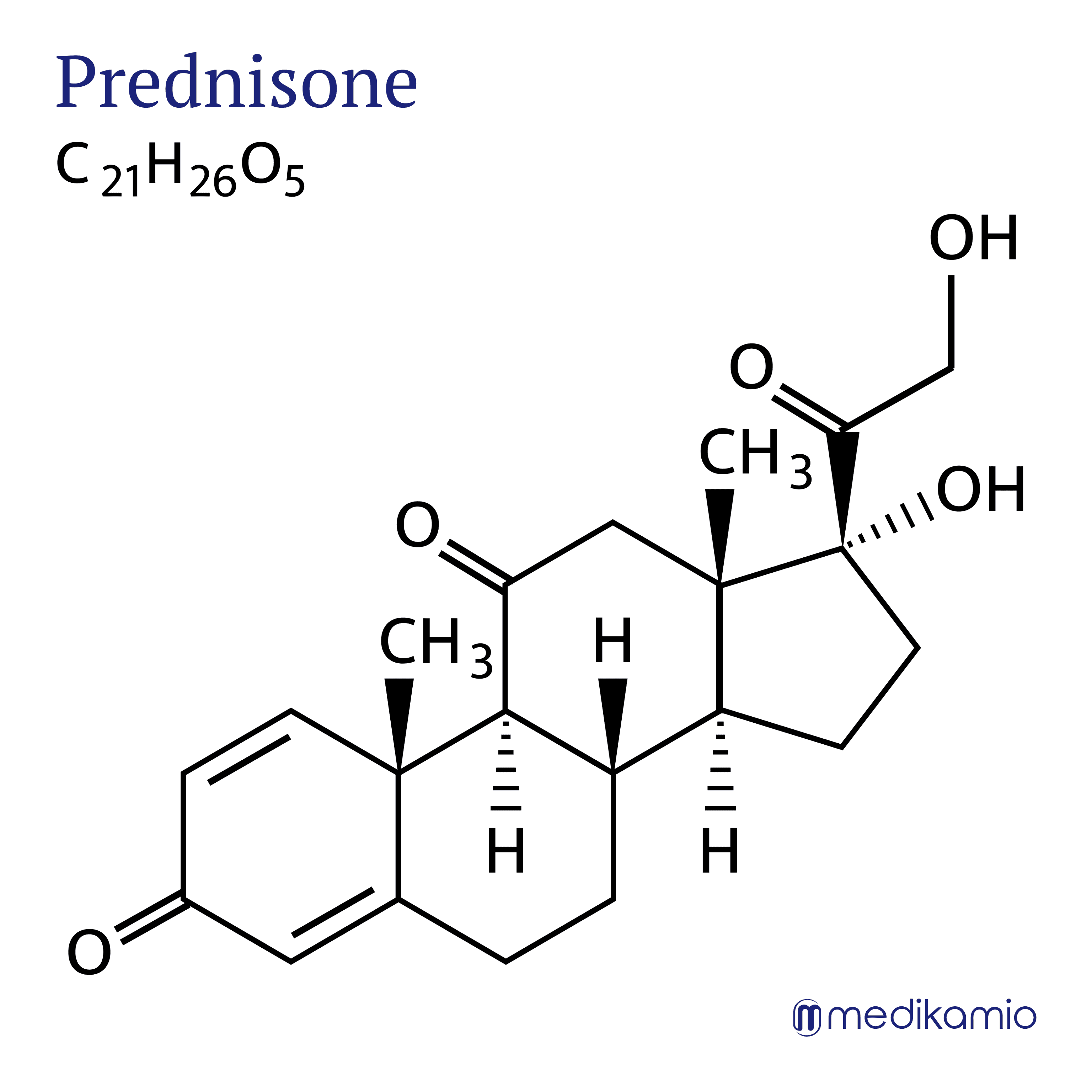According to the package leaflet of various medications, the following applies to prednisone:
During pregnancy and breastfeeding , prednisone should only be taken on the advice of a doctor , as malformations and/or growth disturbances may occur and prednisone passes into breast milk.
The Pharmacovigilance and Advisory Center for Embryonal Toxicology of the Charité-Universitätsmedizin (www.embryotox.de) recommends
Pregnancy
In the first trimester of pregnancy (1st trimester), a risk of cleft lip and palate cannot be ruled out despite extensive studies. Especially between the 8th and 11th week of pregnancy, prednisone should therefore be avoided if possible. However, it is assumed that the risk of cleft lip and palate depends on the dose.
In the last two trimesters of pregnancy (2nd and 3rd trimester), there may be an increased risk of premature birth with low birth weight, depending on the duration and dose. According to current knowledge, this risk increases with long-term therapy with 10 mg/day or higher.
In late pregnancy, hypoglycemia or electrolyte imbalances may occur in the unborn baby. Adrenal insufficiency is also possible, but appears to depend on the dose.
The growth of the baby in the mother's womb should therefore be monitored by ultrasound for weeks during high-dose prednisone therapy. If therapy lasts until birth, adrenal insufficiency should be considered and possibly treated.
Breastfeeding
Prednisone therapy poses only very limited risks during breastfeeding . Prednisone does pass into breast milk, but only less than 10%. In the case of therapy with up to 10 mg/day, the amount absorbed via breast milk is below the detection limit. Even with a high-dose short-term therapy of up to 1 g, there is no risk for the breastfed infant. However, if this high-dose therapy lasts longer, you should wait three to four hours before breastfeeding.
Prednisone is the drug of choice in both pregnancy and breastfeeding. There are therefore no alternatives.


